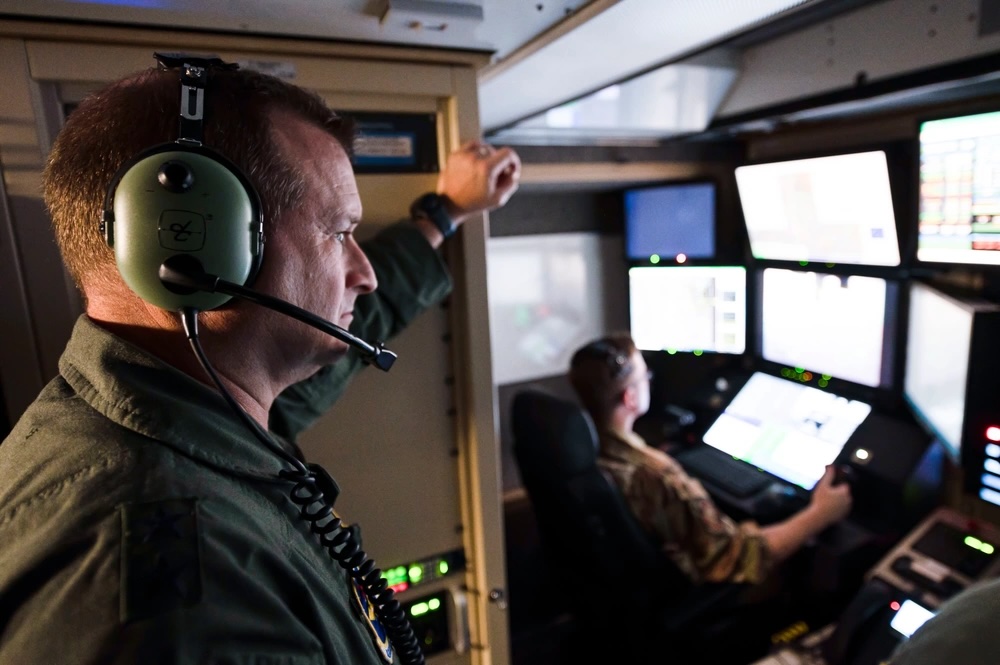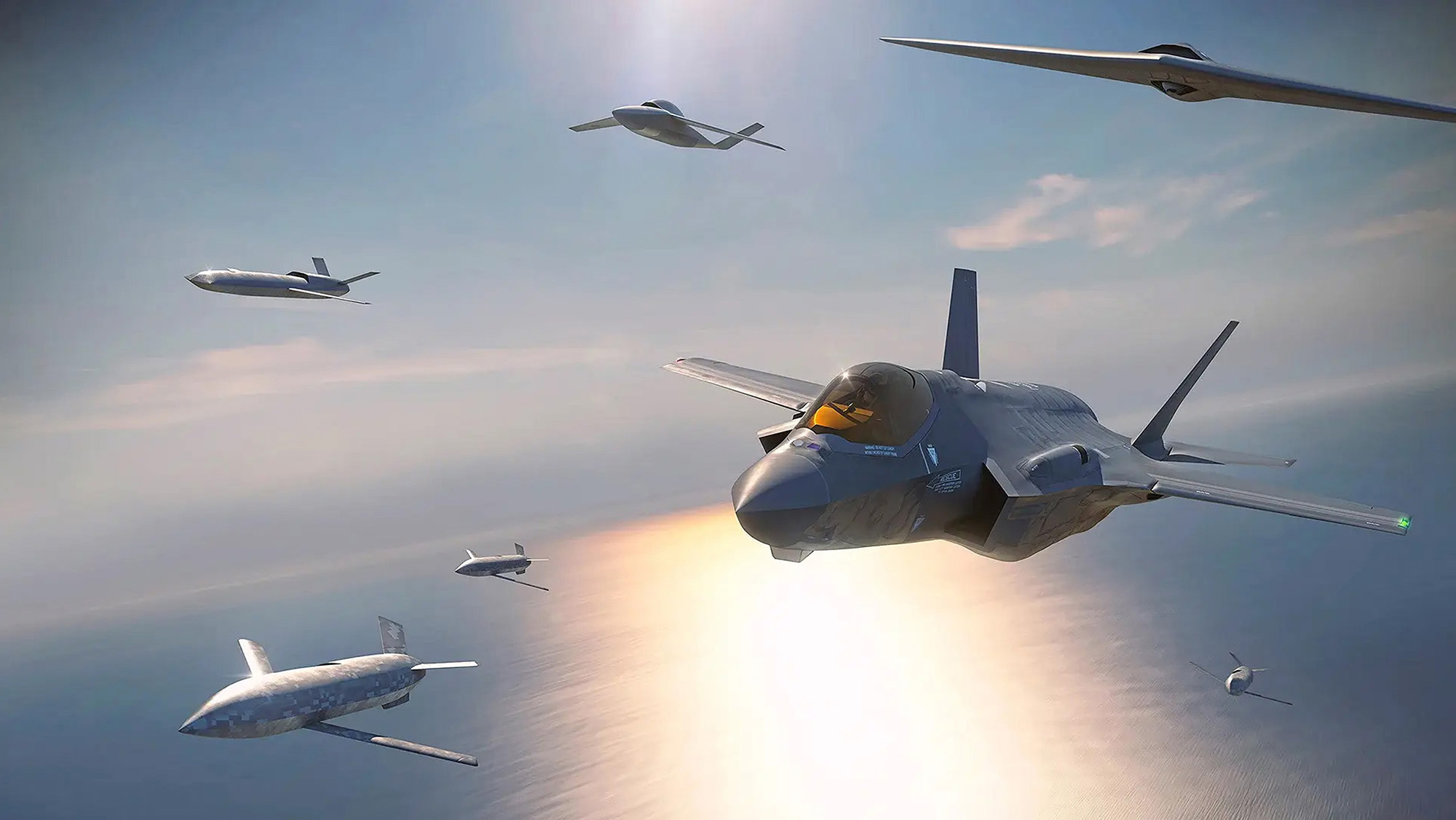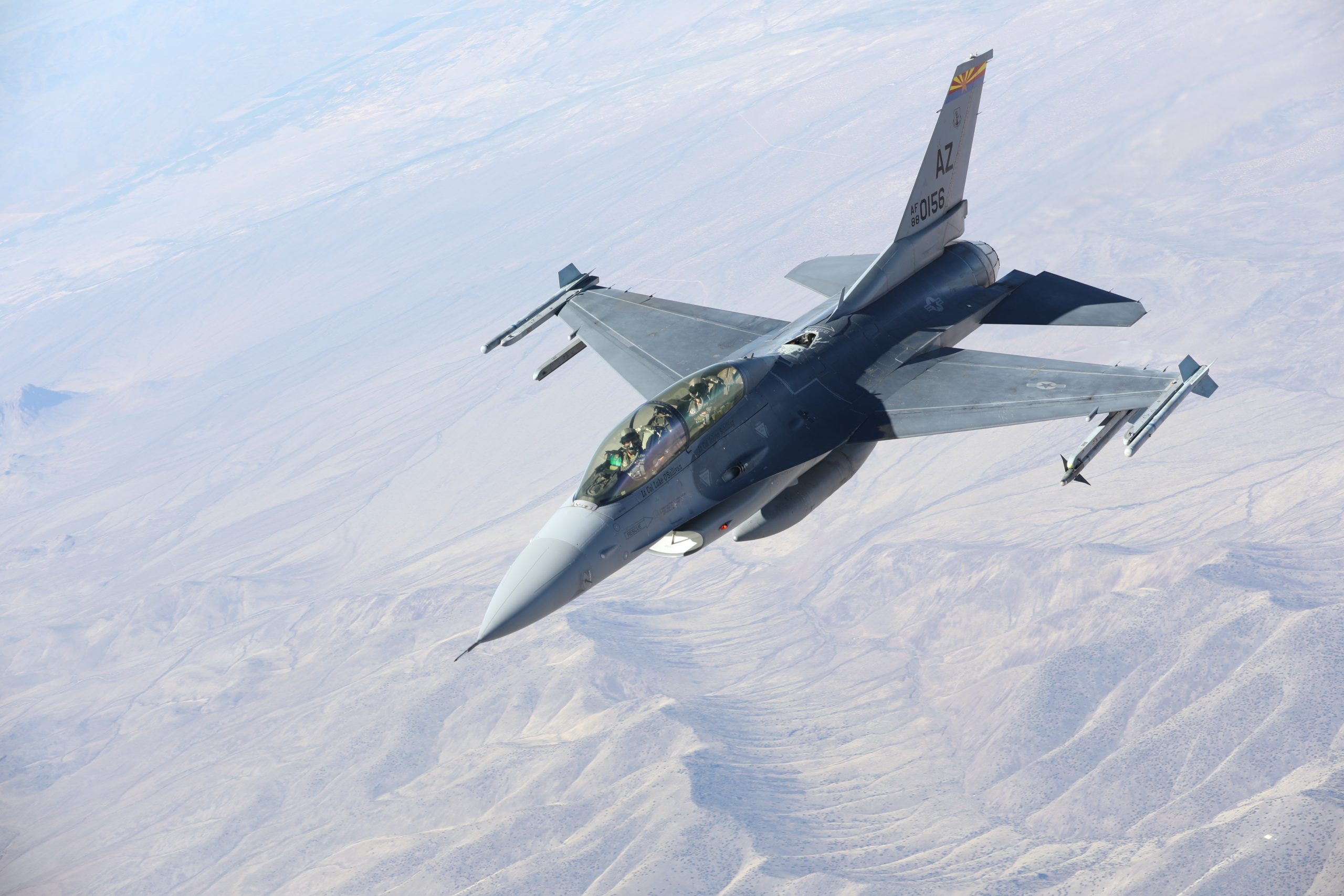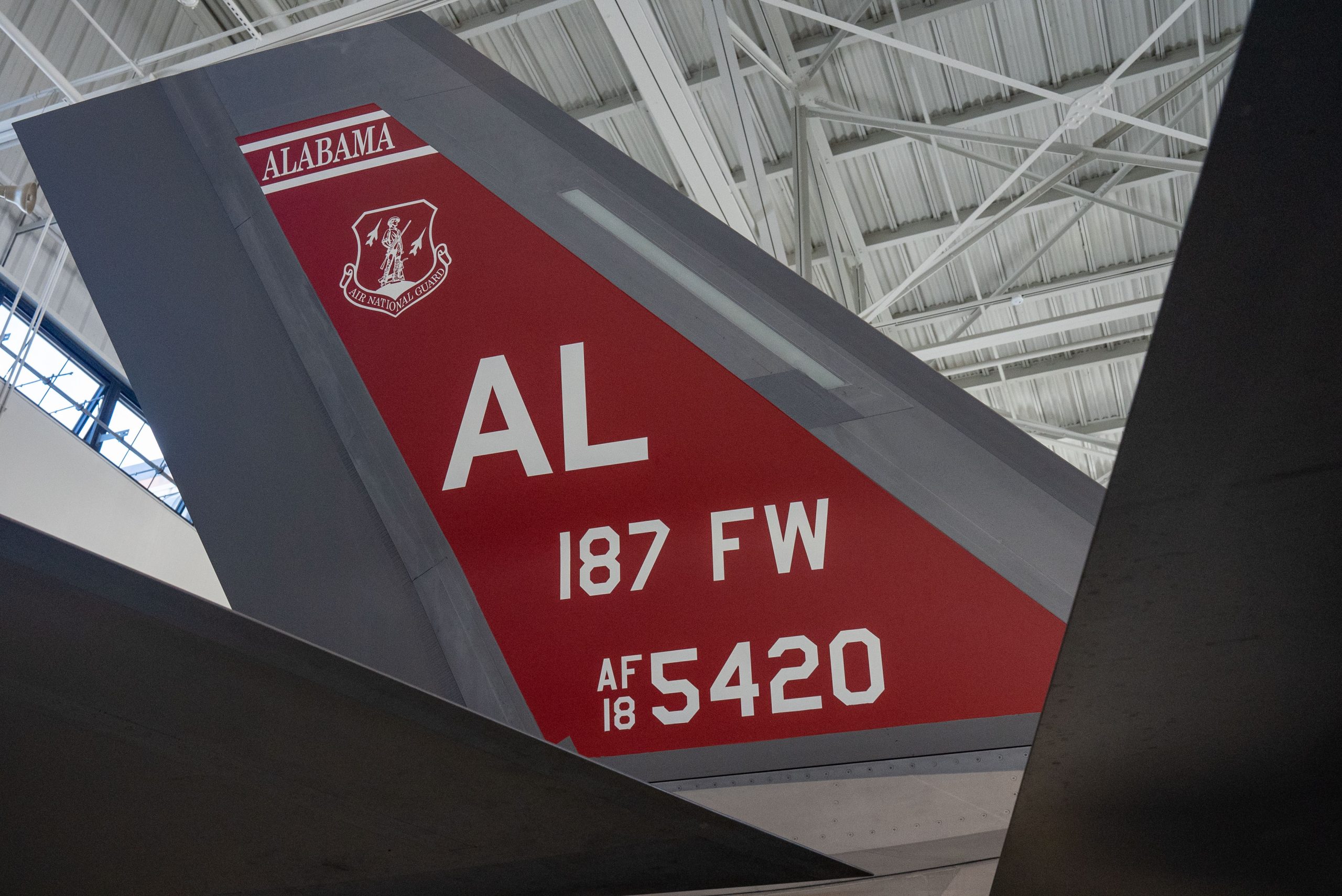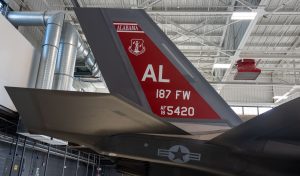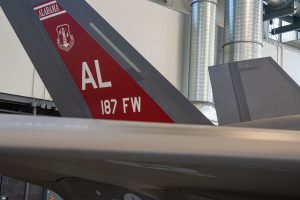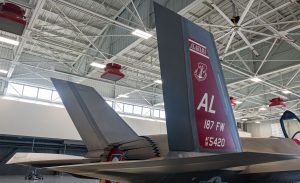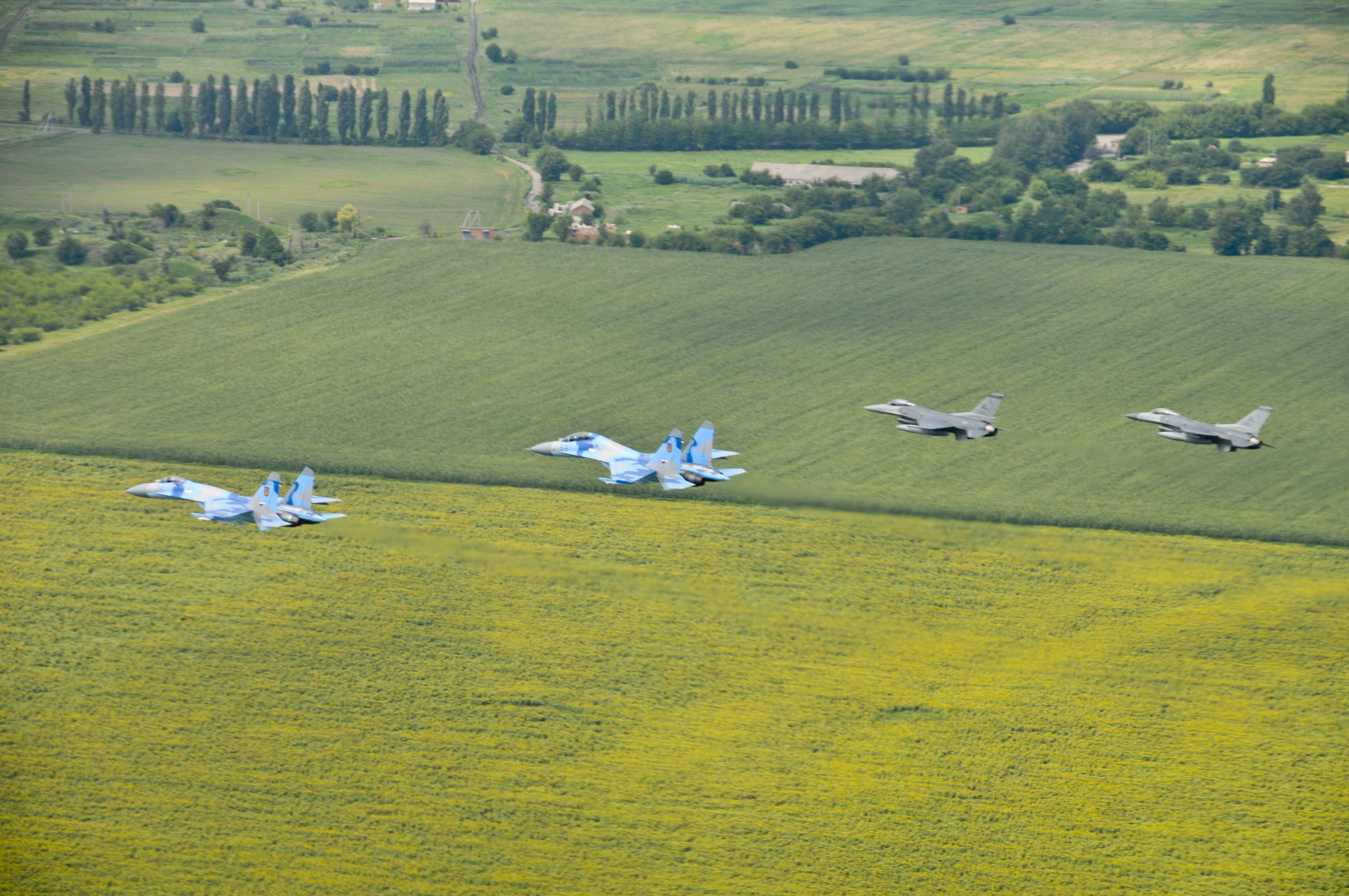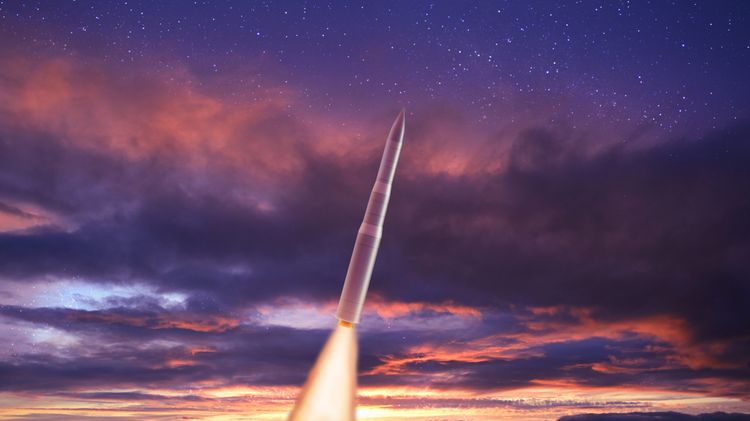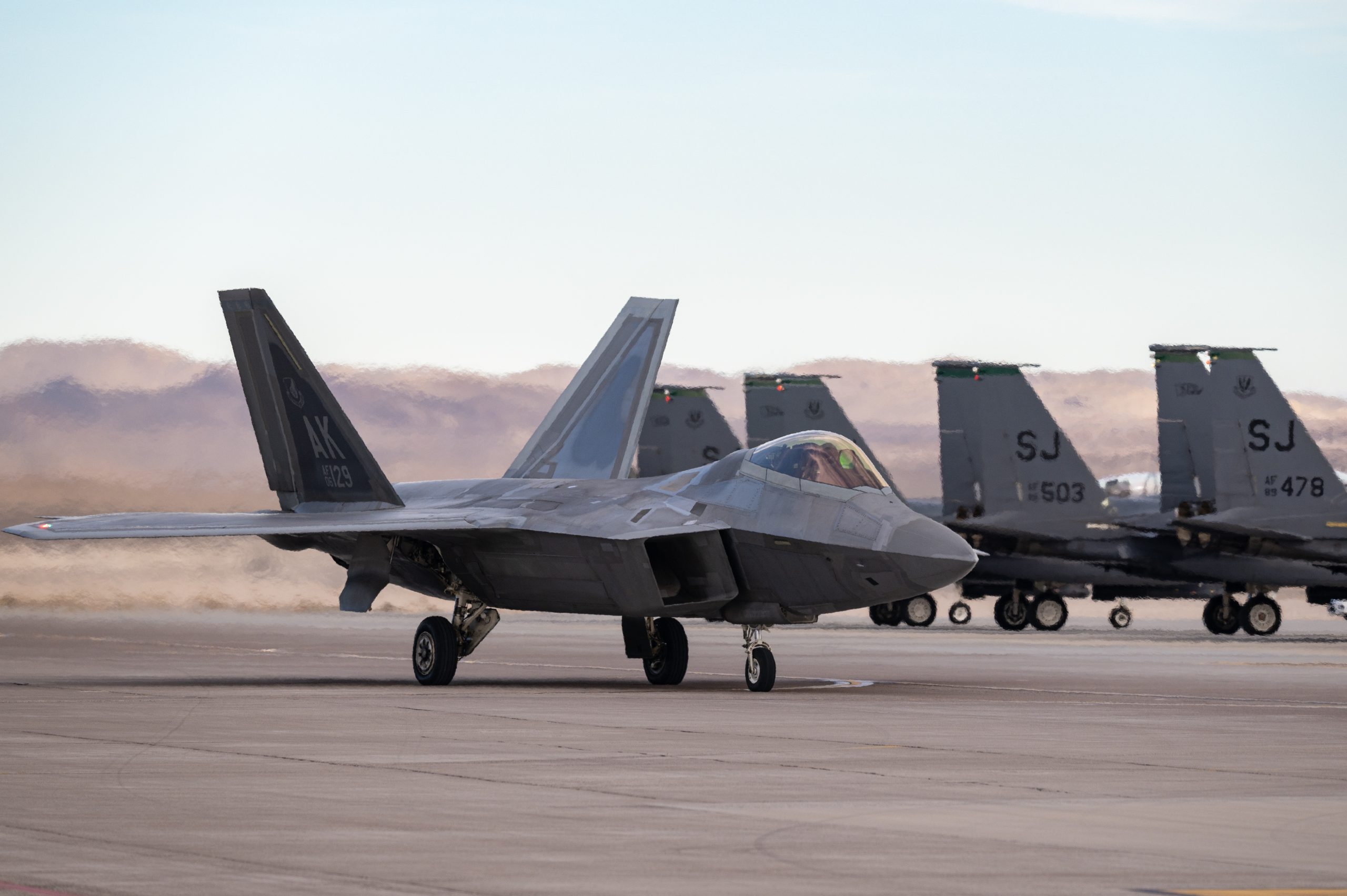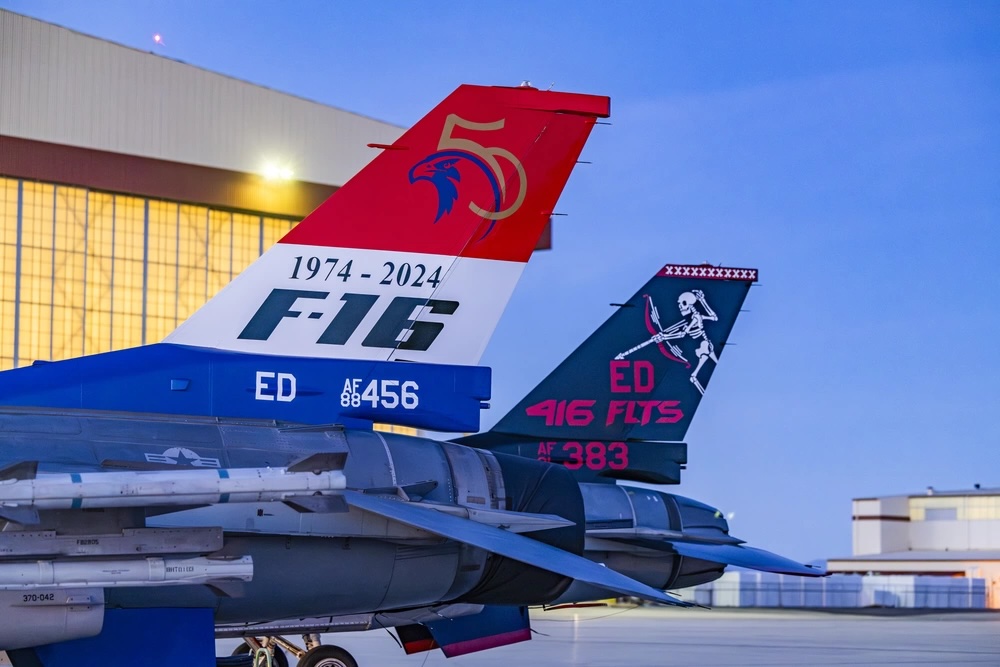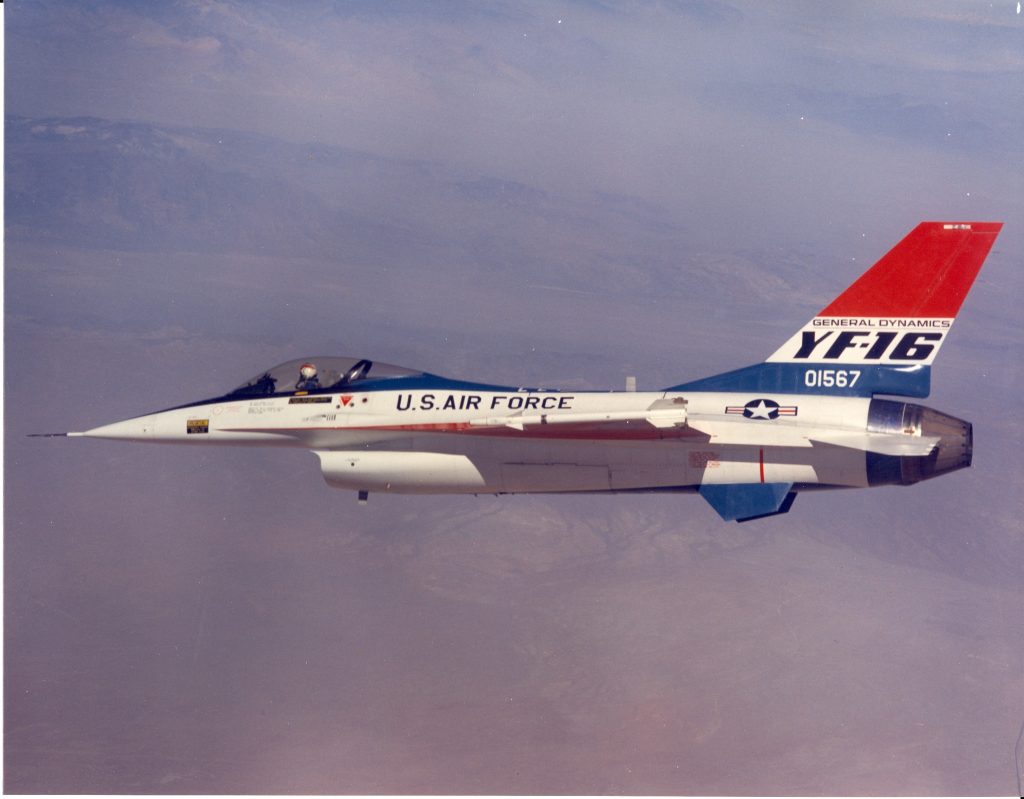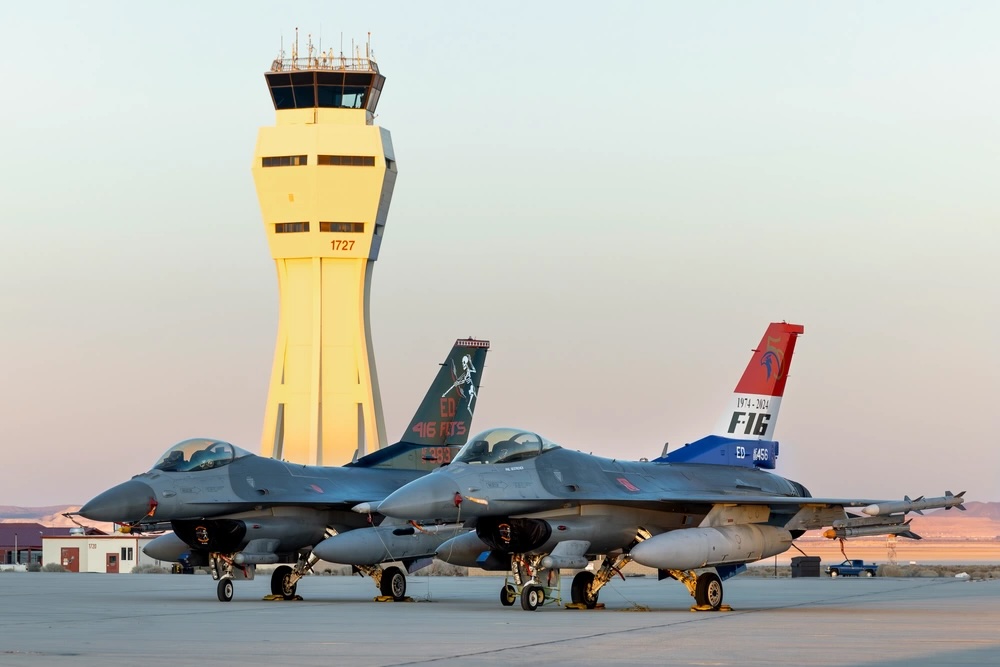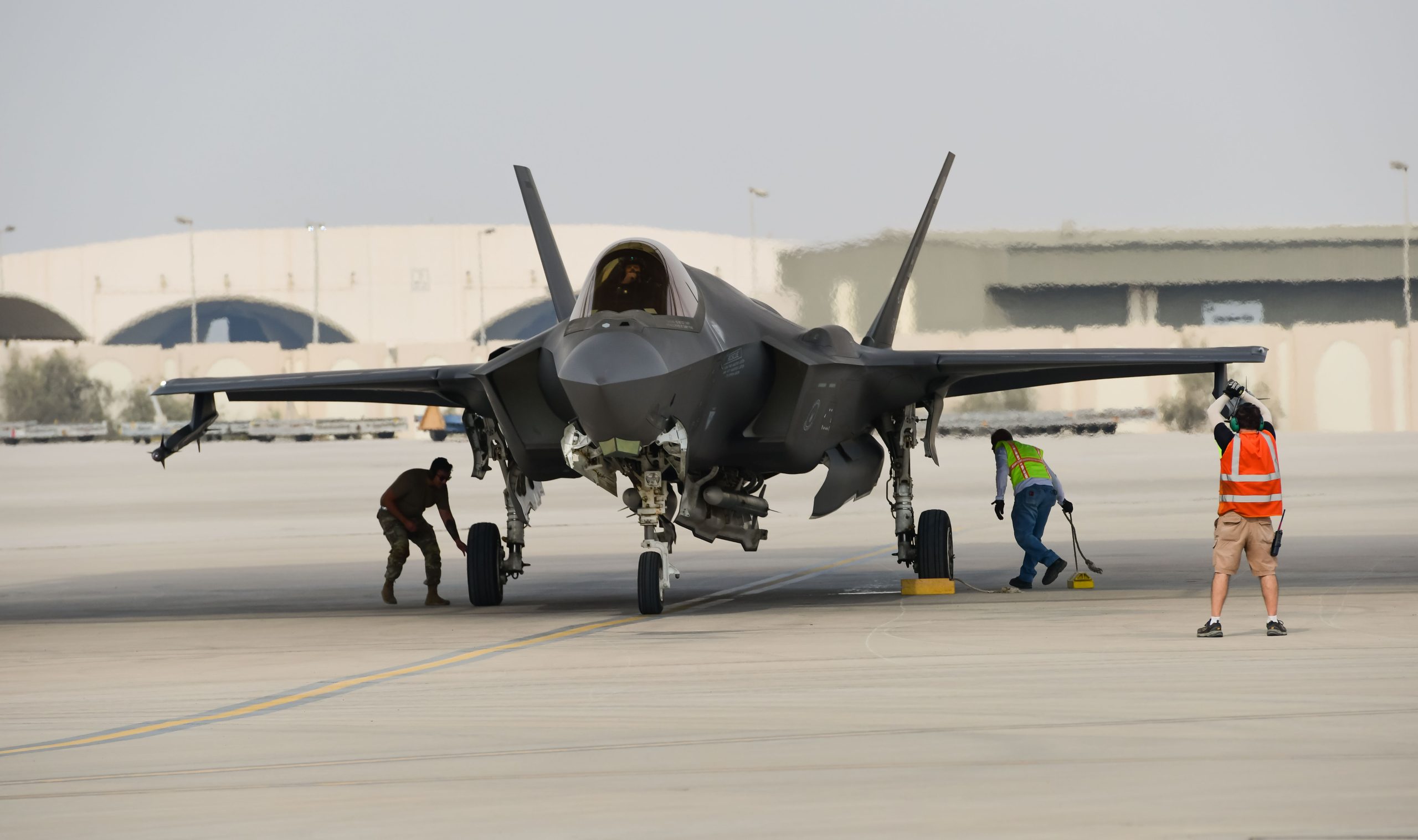Facing court-martial on charges including sexual assault, conduct unbecoming an officer, and controlling an aircraft within 12 hours of consuming alcohol, Maj. Gen. Phillip Stewart has filed a request to retire instead, giving both sides a chance to rethink the prosecution.
Stewart was relieved as the head of Air Force pilot training by Robinson on May 9, and his court-martial is scheduled for June 17 at Joint Base San Antonio-Randoph, Texas. If convicted on all charges, Stewart could face 60 years in prison, Addicott said.
But first Lt. Gen. Brian Robinson, the head of Air Education and Training Command (AETC), must decide whether or not to endorse the request and Secretary of the Air Force Frank Kendall, who has the power to approve or deny the request, must make his decision.
“We’re waiting on the Secretary of the Air Force to give us a thumbs-up or thumbs-down,” Jeffrey Addicott, a member of Stewart’s defense team, told Air & Space Forces Magazine.
Retired Col. Don Christensen, a former chief prosecutor of the Air Force and not involved in the case, observed that the sooner a decision is made, the better.
“You would hope that if they are going to approve it, that they would do it expeditiously so a lot of resources are not allocated to get this trial going,” he said.
Trying a general officer at court-martial is an expensive affair, requiring jurors and extensive preparation. If the request dangles until the day before the trial starts, Christensen said, “they would have probably flown in a lot of general officers to be potential court members, and flown in witnesses, counsel, judges.”
He added: “Justice should be served timely. It doesn’t get better with age.”
Still, such a decision must go through several layers of review, at AETC, the Air Force Judge Advocate General’s Corps, and ultimately Kendall’s office. The input of the alleged victim should also be considered.
“They should be looking at the best interests of justice: the strengths and weaknesses of the case, whether it is consistent with other cases,” Christensen said. “I’m certain there will be some political influence. … How is this going to play with the media? How is this going to play with Congress?”
Stewart’s request to retire comes about three months after his Article 32 preliminary hearing, held Oct. 24 at Randolph. Such hearings are similar to a civilian grand jury evidentiary proceeding, and held to determine if there is enough cause to continue to court-martial.
Col. Brian Thompson presided over the Article 32 hearing, recommending that the Air Force drop the sexual assault charges and then resolve the remaining charges administratively, Addicott said. But Robinson overruled him, referring all charges to a court-martial in December.
Addicott accused the Air Force of unfairly targeting his client. “They’re railroading him to a court-martial,” he said. “Therefore, what type of due process can you expect at a trial? It’s looking more and more like a kangaroo court.”
Such stances are normal in the pretrial gamesmanship that often surrounds such cases. Christensen said Stewart’s request to retire could suggest the defense does not believe it can beat the other charges, and that even if they do beat the sexual assault, a federal conviction and punishment could still mar his record.
Addicott was confident in the defense, and he countered that the other charges are not worthy of a court-martial proceeding.
“The other charges, if they’re true, which we denied, would be handled with a letter of reprimand, an administrative admonishment, maybe relieved from command,” he said. “This is not stuff that should go to a court-martial.” He said Stewart will plead not guilty if the case proceeds.
Stewart would then have to decide whether to ask for a trial by judge alone or by a panel (the military equivalent of a jury) of his peers. For a two-star general like Stewart, panel members would have to be at least two-star generals or senior.
But if Stewart’s request to retire is granted, Kendall would have to convene a board to determine at what grade Stewart should retire. For Stewart, who has 33 years of service, the difference between retiring as a two-star or dropping a grade and retiring as a one-star would amount to a loss of more than $25,000 a year in retired pay for the rest of his life. Dropping two grades would be a lost of $41,000 annually. Over a 20-year lifespan, and adjusting for inflation, that would approach $1 million.
Years ago, retirement-eligible general officers would often seek to retire instead of face the shame of a court-martial. In the past two decades, two general officers, Maj. Gen. Thomas Fiscus and Brig Gen. Richard Hassan, were demoted to colonel in 2005 and 2006, respectively, as punishment for engaging in unprofessional relationships with subordinates. Neither faced court-martial. Indeed, not until April 2022 did any Air Force general officer endure a court-martial. Maj. Gen. William Cooley, former head of the Air Force Research Laboratory, was tried and convicted of abusive sexual contact for forcibly kissing his sister-in-law in 2018.
If Stewart’s case goes to trial, he would be the second Air Force general officer court-martialed in just two years.
Times have changed. In the past, Christensen said, “You would often see, particularly general officers, get slapped on the wrist and then retire quietly. This one can’t be retired quietly because there is a lot of media interest in it.”
Stewart’s charges include six specifications:
- Two specifications of violating Article 92 of the Uniform Code of Military Justice, failing to obey a lawful order or regulation, first for allegedly failing “to refrain from pursuing an unprofessional relationship” and second for allegedly controlling an aircraft within 12 hours after consuming alcohol. The first specification allegedly dates to March 6 and May 9, while the second allegedly dates to on or about April 14 at or near Altus Air Force Base, Okla.
- Two specifications of violating Article 120 of the UCMJ, which covers rape and sexual assault, for alleged nonconsensual sexual contact, dated on or about April 13 and 14 at Altus.
- One specification of violating Article 133 of the UCMJ, conduct unbecoming an officer, at or near Denver, Colo., on or about March 6 and March 8, where it alleges that Stewart, “while on official travel, wrongfully invite [redacted] to spend the night alone with him in his private hotel room[.]”
- And one specification of violating UCMJ Article 134, which refers to “all disorders and neglects to the prejudice of good order and discipline in the armed forces, of a nature to bring discredit upon the armed forces,” for allegedly engaging “in extramarital conduct” on or about April 13 and 14 at or near Altus.
